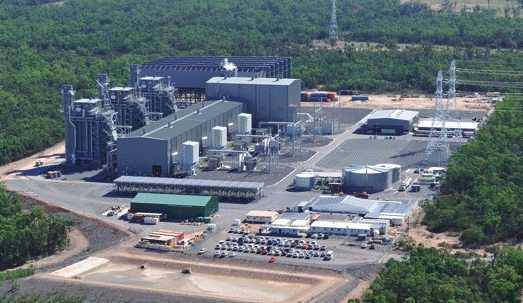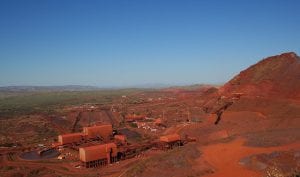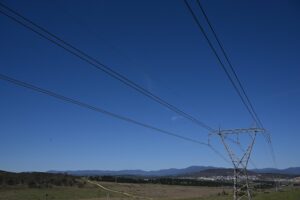Origin Energy has confirmed that its newly built, 630MW Darling Downs baseload gas generator is likely to be used only as a peaking plant in the future because of the dramatic changes sweeping the Australian electricity market.
 The decision, flagged by RenewEconomy on Monday, was confirmed by an Origin Energy spokeswoman, who wrote in an email: “With conditions in the domestic energy market changing, we expect to increasingly run the facility in a peaking capacity over the long term.”
The decision, flagged by RenewEconomy on Monday, was confirmed by an Origin Energy spokeswoman, who wrote in an email: “With conditions in the domestic energy market changing, we expect to increasingly run the facility in a peaking capacity over the long term.”
Baseload gas generators in Australia are being sidelined by a pincer factor of declining demand and soaring gas prices, which makes it difficult for gas-fired generation to compete.
Add to this the decision by the Abbott government to remove the carbon price, which will make black coal generators more profitable, then there is little market for gas to play with. The “golden age” of gas generation in Australia appears to be over before it has even started. Unless you consider the LNG exporters.
The role of gas-fired generation will likely be limited to act as peaking plant, a traditional role of responding to changes in demand, and a growing role of filling in gaps in renewable generation – at least until other storage options can compete.
Several baseload gas generators have now been mothballed, re-focused on peak-load generation, or had their value written down.
Darling Downs was opened in 2010. In the latest six month period, it operated at a capacity of around 57 per cent, and pulled in around $92 million in revenue at an average price of $58/MWh.
That price used to be enough to deliver a good return. But with domestic gas prices surging because of the LNG export boom, in which Origin Energy is a major player, it is now either unprofitable for a baseload generator to operate at that price, or more profitable for it to sell gas on to the open market.
That is what Queensland government owned Stanwell Corp decided to do with its 370MW baseload gas generator Swanbank, which was closed and its gas sold on to the market.
EnergyAustralia has also written down the value of its 5-year-old, 435MW Tallawarra baseload gas generator in the Illawarra – by $94 million.
According to the Australian Energy Market Operator, as of August last year, there were more than 10,000MW of possible gas projects in the pipeline, or more than one third of mooted capacity additions. (The highest was wind with 45 per cent).
But few if any of these projects are likely to be developed in the current market. Baseload certainly not, and new peakload only if the amount of renewable generation increases significantly. Given the opposition of most gas generators to the current renewable energy target, that is unlikely to occur either.








